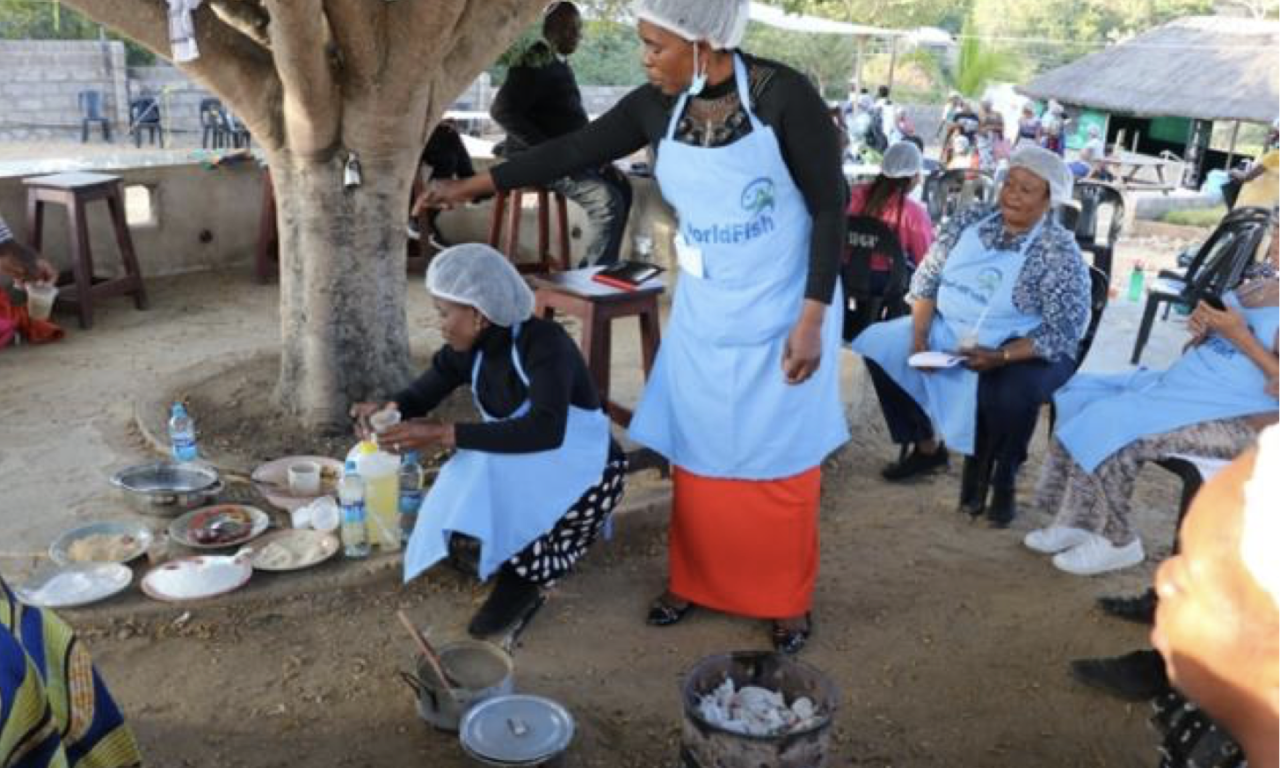
- Lake Kariba is a primary source of Kapenta, a nutrient-dense, small pelagic fish popular throughout Zambia, the Democratic Republic of Congo, Malawi, and Zimbabwe.
- While known for its health benefits in combatting stunting and promoting children’s growth and brain development among food systems science communities, local fishing families do not regularly consume it in their everyday diets.
- Follow the journey of community health worker, Betty Muleya, who is actively working to spread knowledge on the nutritional benefits of small fish consumption in her community.
“Never doubt that a small group of thoughtful, committed citizens can change the world. Indeed, it is the only thing that ever has.” ― Margaret Mead
Zambia’s Lake Kariba is the world’s largest artificial lake by volume. Fishing, processing and selling fish are major sources of income, and most households in the Lake Kariba region are directly involved in small-scale capture fishery activities.
Lake Kariba is also a primary source of kapenta (Limnothrissa miodon and Stolothrissa tanganicae), nutrient-dense, small pelagic fish popular throughout Zambia, the Democratic Republic of Congo, Malawi and Zimbabwe.
Like other small pelagics around the world, kapenta are typically consumed whole and eaten fresh, sun-dried or dried and ground into a fine powder and added to traditional dishes. However, it is noteworthy that many local fishing families at Lake Kariba do not regularly consume kapenta or other locally sourced small pelagics.
###
This post originally appeared on the Feed the Future Innovation Lab for Fish website and was written by Agness Chileya, Lizzy Muzungaire, Netsayi Mudege and Kathleen Ragsdale.
